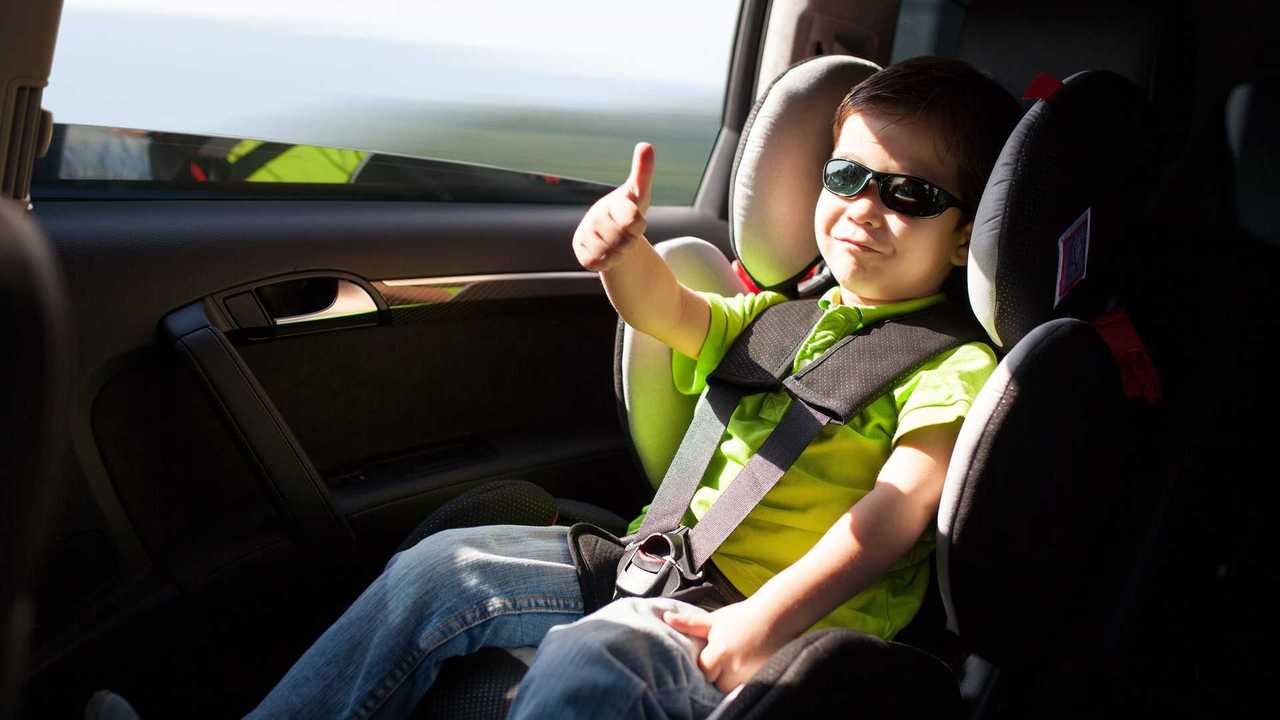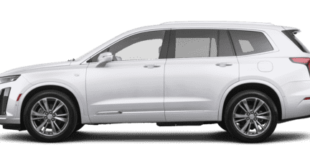Buying for baby can be nerve-racking, but even more so when you throw a two-ton vehicle, high-speed traffic, and happenstance into the mix. We tapped into a vast online community of parents, grandparents, and caregivers and listened to their stories and experiences with car seats. Based on their comments, we bought and tested the five best convertible car seats with proven reliability.
In this article:
Review Standards
Presented with so many choices of car seats, our reviews team zeroed in on one very versatile type of car seat: the convertible car seat. We loved the adjustability and longevity that convertible designs provide.
We analyzed thousands of convertible car seat reviews to weed out the 1- to 3-star products and ultimately identified the five best convertible car seats above.
Our consumer specialists took turns installing, converting, and transferring convertible car seats. This gave us a firsthand account of the size of the seat, its usability, and the quality of the materials that your baby’s body will be exposed to. Below, you’ll find a resource guide to the types of car seats available today, safety tips, an installation guide, factors to consider before buying, and answers to common questions about convertible car seats.

Convertible Car Seat Guide
Infant car seats
These car seats are designed for newborns, but be aware that newborns will likely outgrow them after a year. Even though some parents debate between infant car seats and convertible car seats, they shouldn’t let safety be the deciding factor since all car seats should meet or exceed state regulations.
Convertible car seats
When your child celebrates their second birthday, you’ll be able to convert a rear-facing car seat to a front-facing position. Though the American Academy of Pediatrics recommends children remain in a rear-facing car seat as long as possible, until they reach the highest weight or height allowed by their seat. If you invest in a seat that will last for a few years, you won’t have to start your research all over again when your baby outgrows the rear-facing position.
Combination seat
After your not-so-little one has surpassed the weight or height limit of a toddler car seat, a combination seat converts into a booster seat. The harness from the forward-facing car seat is simply removed and replaced with a seat belt. Always refer to the product manual for instructions on how to properly convert a combination car seat.
Three-in-one car seats
Also referred to as all-in-one car seats, all three-in-one car seats are convertible but not all convertible car seats are three-in-one. Make sense? The first phase is a rear-facing position for babies, the second stage is a front-facing position for toddlers, and the third conversion is a booster seat for preschoolers. Although they’re usually the most expensive, three-in-one car seats can accommodate your child for a longer duration.
The American Academy of Pediatrics found that children under two years old are 70% less likely to be injured in a car accident in a rear-facing position.
Safety Tips
In general, cars are a lot safer than they used to be and so are car seats. However, both can be prone to possible recalls in potentially dangerous—and sometimes even fatal—malfunctions. The first step a customer should take when buying their car seat is registering it online. This one-time registration will opt you into regular updates and notices from the manufacturer.
Every car seat for sale in the United States should also meet or exceed state and federal safety codes and undergo a New Car Assessment Program crash test by the National Highway Traffic Safety Administration. Parents can stay tuned to organizations like the Insurance Institute for Highway Safety and the American Academy of Pediatrics for regular reports about child passenger safety.
Like every solid safety feature and state-regulated product, car seats should have expiration dates. Convertible car seats usually have an expiration date of six to 10 years. You can find the date printed on your product or in the user manual. If you’ve misplaced the manual, err on the side of caution and call the manufacturer.
How to Install a Convertible Car Seat
Parents should always refer to their product manual for instructions on how to install their particular car seat. However, there are some universal parts and advice we can offer.
All car seats should be secured using either the lower anchors (more on the LATCH system below) or a seat belt, but never both. Lower anchors are small, horizontal bars in the space between the seat’s back and cushion. Note: Once your child exceeds the weight limit of the car seat, it’s important to transition your child into a bigger car seat or booster seat. Not only is a small car seat tight and uncomfortable, it may not be able to support your child’s weight limit and could damage the lower anchors.
Additionally, you’ll want to use tethers to secure front-facing car seats. Tethers are typically located above or behind the back seat.
Car seats were used incorrectly in 59% of cases examined by the National Highway Traffic Safety Administration. Find a local station on NHTSA’s website for a free car seat inspection by a certified technician.
Buying a Car Seat: 4 Major Factors to Consider
You can memorize safety standards and read customer reviews all day long, but the bottom line is that parents know best. If you have strong feelings toward a certain car seat—good or bad—or if you find yourself gravitating back to a particular product, we advise you to follow your instincts. It’s your child’s safety and comfort at stake after all, so it’s up to you to decide what is ultimately best for your family.
You’ll want to take a closer look at padding, fabric, and harness dimensions to evaluate whether a car seat will be comfortable for your child. Padding is important for keeping infants’ heads still and for kids who nod off as you run errands. If your baby wears onesies often or if your little one loves to run around in shorts and skirts, you’ll want to prioritize soft fabric and flexible straps to protect their sensitive skin against irritation.
Convertible car seats are often bigger than infant car seats. You’ll have to keep this in mind if you have a sedan or sports car. Bucket seats can also affect the ability to install two car seats side by side. If you or your partner are tall, your legroom may be limited by a bulky rear-facing car seat in the back. Another consideration is your car’s upholstery material. A 30-pound car seat with a 40-pound toddler might mark up leather seats. If this is the case, you might want to invest in seat protectors.
Do you and your partner switch baby duties throughout the week? Have you hired a nanny to watch your child or do you drop them off at daycare? You’ll want to consider all of the vehicles your child will travel in. If the car seat will stay in one car for most of the week, you might be more comfortable investing in a bulkier or more complex seat. Simple installation and a lightweight design will be more important to you if you’ll have to regularly transfer it from car to car.
Don’t forget to register your car seat on the manufacturer’s website to receive updates on possible recalls or safety notices for your specific car seat.
Car Seat FAQs
A convertible, combination, or all-in-one car seat will be your next investment after an infant car seat. This is the number one reason why we recommend convertible car seats. You can save time and money without having to research and buy a second seat after only a year of use.
A convertible car seat converts from a rear-facing car seat to a front-facing position. Once your baby reaches a certain size, you can transition the seat so your child faces forward. Convertible car seats last longer than infant car seats but not as long as three- or all-in-one options.
Although infant car seats are available and designed specifically for newborns, babies can also use most convertible car seats to come home from the hospital. It’s recommended that parents wait until their children are at least two years old (or once they’ve exceeded the rear-facing size restrictions) before converting to a forward-facing car seat. The products we’ve reviewed have a rear-facing limit of 40 pounds.
Unlike infant car seats, convertible car seats are installed directly on the back seat with tethers, anchors, and seat belts rather than on a base. Additionally, most convertible car seats are not compatible with strollers.
Your child should be at least four years old, over 40 pounds, or taller than the harness before transitioning to a booster seat. The convertible car seats we’ve reviewed all have a weight limit between 40 and 70 pounds.
The LATCH (Lower Anchors and Tethers for CHildren) system has been installed in cars made after 2003. These anchors and tethers make installing a car seat in any position in your car (even the middle seat) easier. The top tether is located above the back seat. It secures the car seat in place when the driver makes a sharp turn or sudden stop, and is compatible with leather or vinyl upholstery. If you have an older car, you’ll use the seat belt rather than the lower anchors that are built into cars today.

